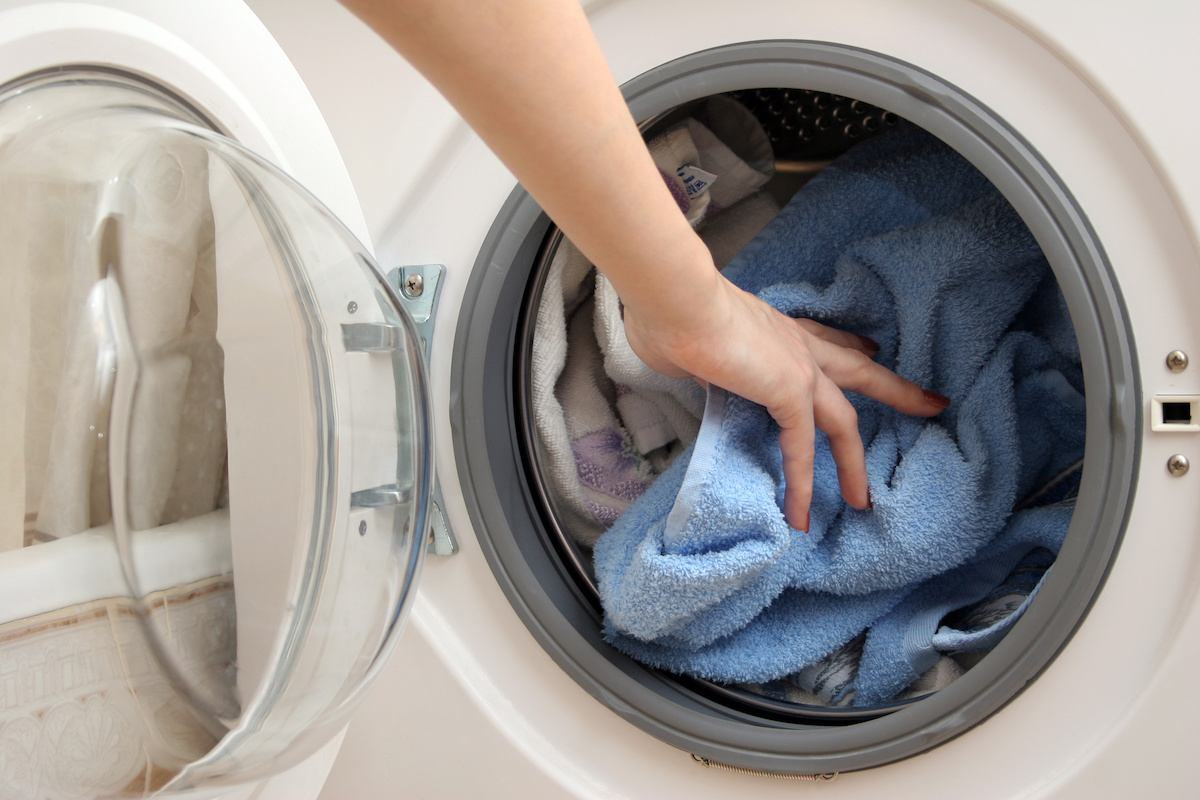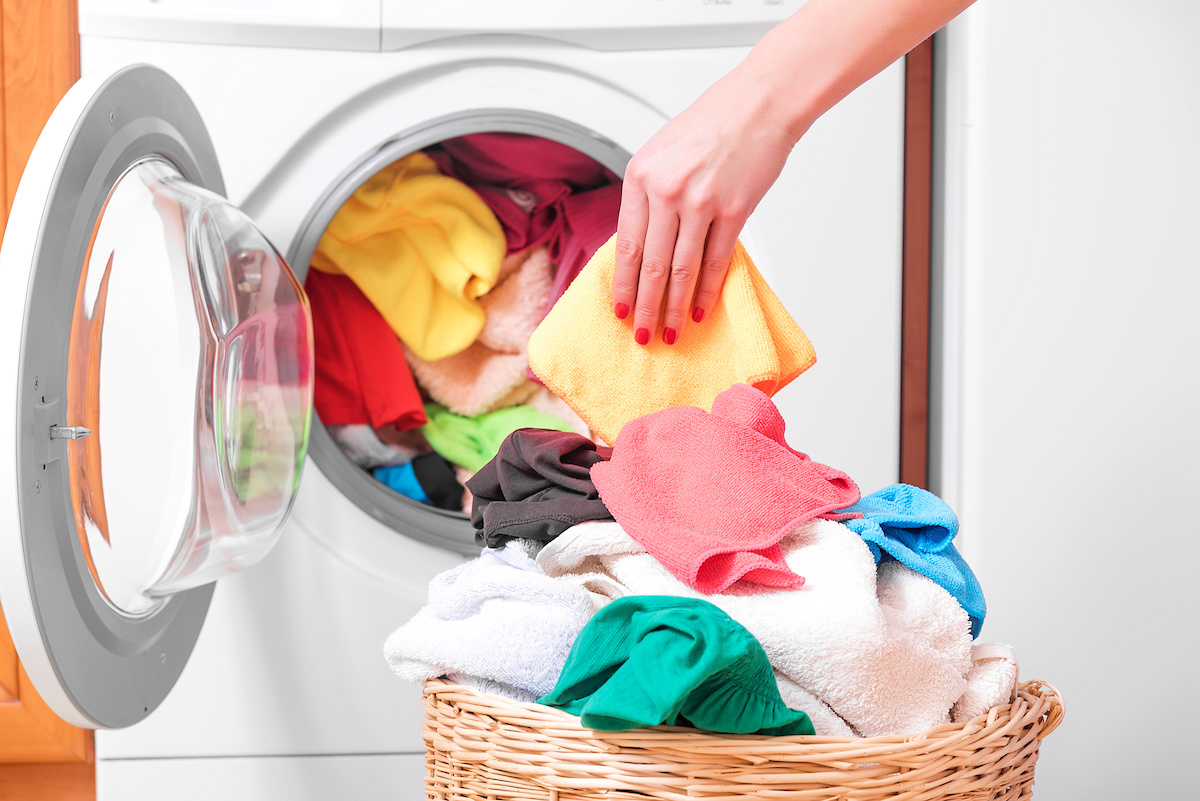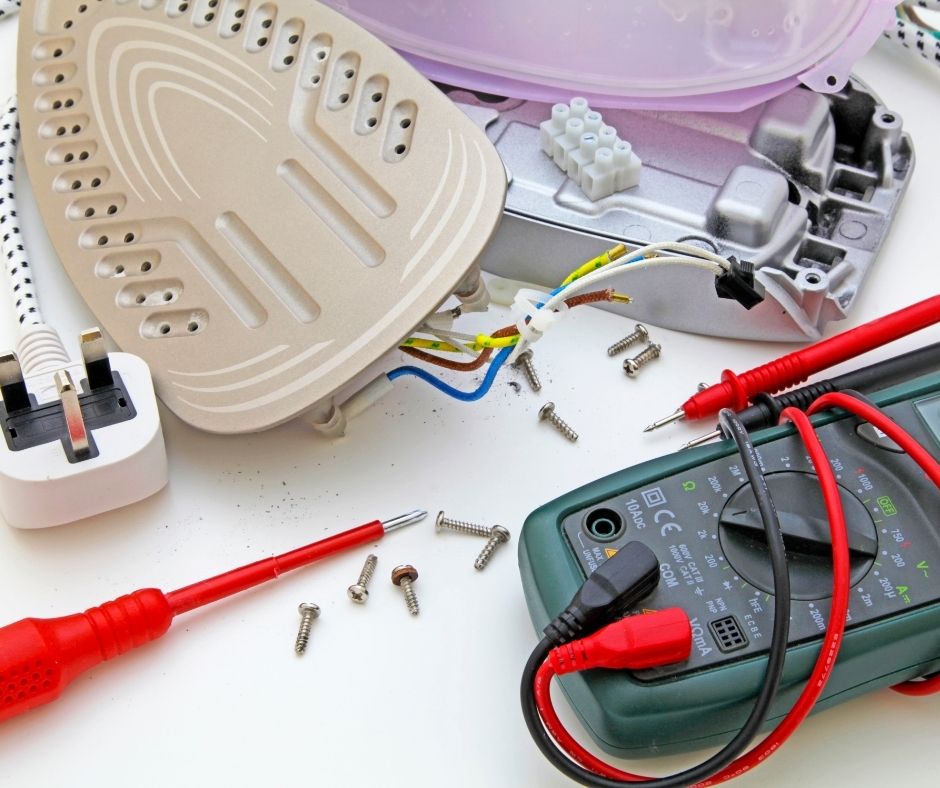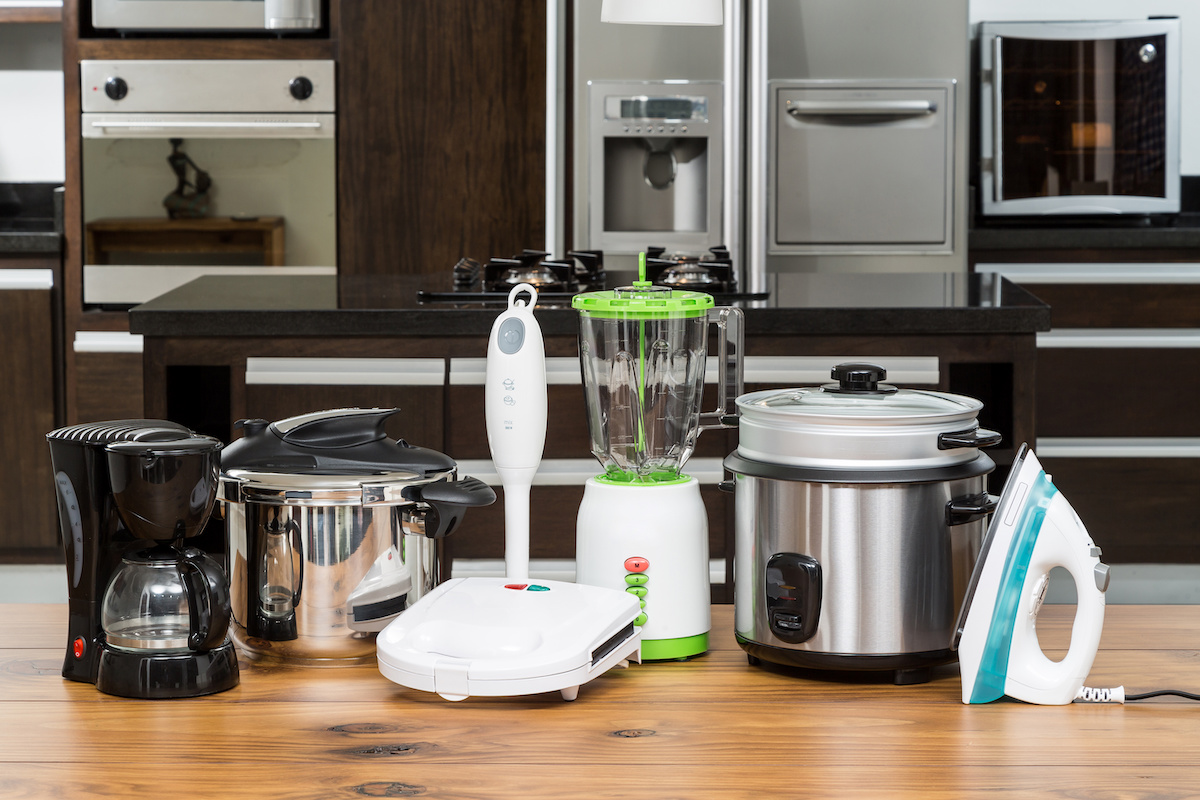
How to Prevent Washing Machine Mold and Mildew
Washing machines are essential appliances in our daily lives, helping us keep our clothes clean and fresh. However, if not properly maintained, washing machine mold and mildew can take over. These fungi not only produce unpleasant odors but can also impact the cleanliness of your laundry and potentially affect your health.
At Atlanta Appliance Services, we understand the importance of maintaining a washing machine mold and mildew-free.
In this comprehensive guide, we’ll explore the causes of washing machine mold and mildew, preventive measures, and effective cleaning techniques to keep your machine in optimal condition.
The Causes of Washing Machine Mold and Mildew
Mold and mildew thrive in warm, moist environments—exactly the conditions found inside a washing machine. Front-loading washing machines are particularly susceptible to mold growth due to their design, which tends to trap water in the rubber gasket, detergent drawer, and drum.
However, top-loading machines are not immune and can also develop mold if not properly cared for.
Common causes of mold and mildew in washing machines include:
- Excess moisture: Residual water left in the drum, gasket, or detergent drawer after a wash cycle can create a damp environment where mold and mildew can flourish.
- Detergent and fabric softener residue: Overuse of detergent or fabric softener can lead to a buildup of residue, providing a food source for mold.
- Low-temperature washes: Washing at lower temperatures may not effectively kill mold spores, allowing them to survive and multiply.
- Infrequent cleaning: Neglecting to clean your washing machine regularly can result in the accumulation of dirt, lint, and detergent residue, all of which contribute to mold growth.

Preventing Washing Machine Mold and Mildew
Prevention is key when it comes to keeping your washing machine mold and mildew free. By following these preventive measures, you can significantly reduce the risk of mold growth and keep your machine running smoothly.
1. Use the Right Amount of Detergent
One of the most common mistakes people make is using too much detergent. Excess detergent can leave a residue in the drum, gasket, and detergent drawer, which can lead to mold growth.
Always follow the manufacturer’s instructions for the appropriate amount of detergent based on the load size and water hardness. High-efficiency (HE) machines require HE detergent, which produces fewer suds and reduces the risk of residue buildup.
2. Run Regular Hot Water Cycles
Running a hot water cycle once a week can help kill mold spores and prevent their growth. For even better results, run the hot water cycle with a cup of white vinegar or a washing machine cleaner specifically designed to remove mold and mildew. This practice helps to break down any residue and disinfects the machine.
3. Dry the Drum and Gasket After Each Use
After completing a wash cycle, leave the washing machine door open for a few hours to allow the drum and gasket to air dry.
This simple step can significantly reduce moisture levels inside the machine, making it less hospitable to mold. Additionally, wipe down the rubber gasket with a dry cloth to remove any remaining moisture.
4. Clean the Detergent Drawer and Filter Regularly
The detergent drawer and filter are common areas where mold can develop due to trapped water and detergent residue. Remove the detergent drawer and clean it with warm, soapy water at least once a month.
Also, check and clean the machine’s filter regularly, as it can collect lint and debris that contribute to mold growth.
5. Avoid Leaving Wet Laundry in the Machine
Leaving wet laundry in the washing machine for extended periods creates a moist environment that encourages mold growth. As soon as a wash cycle is complete, transfer your clothes to the dryer or hang them to dry.
If you can’t remove the laundry immediately, then run an additional rinse and spin cycle to help reduce moisture.
6. Use High-Spin Speeds
Using high-spin speeds can help extract more water from your clothes at the end of the wash cycle, which then reduces the amount of moisture left in the drum. This can be particularly beneficial in preventing mold growth because it minimizes the amount of water that can pool in the machine.
7. Consider Using an Anti-Mold Product
There are several anti-mold products available on the market that can help prevent mold growth in washing machines. These products are usually in the form of tablets or powders that you can add to your machine during a cleaning cycle. They work by breaking down detergent residue and killing mold spores, leaving your machine clean and fresh.
Effective Cleaning Techniques for Washing Machines
Even with preventive measures in place, it’s essential to clean your washing machine regularly to keep mold and mildew at bay.
Here’s a step-by-step guide to effectively cleaning your washing machine:
1. Clean the Drum
- For Front-Loading Machines: Wipe down the inside of the drum with a microfiber cloth dampened with white vinegar. For stubborn mold spots, use a soft brush or sponge with a mixture of vinegar and baking soda to scrub the affected areas. After cleaning, run an empty hot water cycle with a cup of vinegar to disinfect the drum.
- For Top-Loading Machines: Fill the drum with hot water, add a cup of white vinegar, and let it soak for an hour. After soaking, run a full wash cycle to clean the drum. For additional cleaning power, add half a cup of baking soda during the wash cycle.
2. Clean the Rubber Gasket
The rubber gasket on front-loading machines is a notorious spot for mold buildup. To clean it, pull back the gasket to expose the folds where mold and mildew may be hiding. Use a cloth or sponge soaked in vinegar or a mildew cleaner to wipe down the gasket thoroughly. Pay special attention to any areas with visible mold growth. Once cleaned, wipe the gasket dry with a clean cloth.
3. Clean the Detergent Drawer
Remove the detergent drawer and soak it in warm, soapy water. Use an old toothbrush or small brush to scrub away any detergent residue and mold. Be sure to clean the cavity where the detergent drawer sits, as mold can accumulate there as well. Rinse the drawer thoroughly and let it air dry before reinserting it into the machine.
4. Clean the Filter
Locate your washing machine’s filter, which is usually found near the bottom of the machine behind a small door or panel. Then, remove the filter and rinse it under running water to remove any lint, debris, or mold. Use a brush to clean the filter housing as well. Once cleaned, replace the filter and close the panel.
5. Run a Cleaning Cycle
After manually cleaning the drum, gasket, detergent drawer, and filter, run an empty hot water cycle with a cup of vinegar or a commercial washing machine cleaner. This cycle helps to remove any remaining mold spores and residue, leaving your machine fresh and clean.

Long-Term Maintenance Tips
To keep your washing machine mold-free in the long term, it’s important to incorporate these maintenance tips into your regular routine:
- Monthly Deep Cleaning: Even with regular preventive measures, deep clean your washing machine at least once a month using the steps outlined above.
- Use Less Detergent: Less is more when it comes to detergent. Overusing detergent can lead to buildup, which contributes to mold growth.
- Alternate Hot and Cold Washes: While cold water washes are energy-efficient, alternating with hot water cycles can help keep mold at bay.
- Inspect Your Machine Regularly: Regularly inspect your washing machine for any signs of mold or mildew, especially in the gasket and detergent drawer. Early detection can prevent a minor issue from becoming a major problem.
- Consider a Professional Maintenance Check: Periodically, have a professional technician from Atlanta Appliance Services perform a maintenance check on your washing machine. A professional can identify and address potential issues before they lead to mold growth or other problems.
A Washing Machine Mold and Mildew Free
Mold and mildew in washing machines are common issues, but they are entirely preventable with the right practices. By understanding the causes of mold growth and following the preventive measures and cleaning techniques outlined in this guide, you can keep your washing machine clean, fresh, and free of mold.
At Atlanta Appliance Services, we are committed to helping you maintain your appliances in top condition. If you’re experiencing persistent mold issues or need professional maintenance, then our team of experts is here to help.
With regular care and attention, your washing machine will continue to serve you efficiently, providing clean, fresh laundry for years to come.



